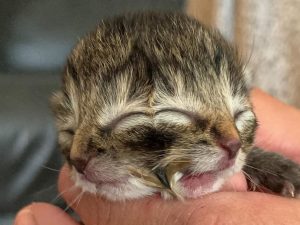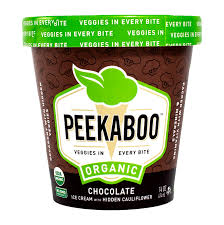Lettuce and leafy greens are overrated.
Outbreaks of E. coli illness sickened 188 people last year who ate romaine lettuce in three separate outbreaks.
 There have been so many outbreaks going back to spinach in 2006, and beyond that, my favorite salad now is a Greek salad – without the lettuce.
There have been so many outbreaks going back to spinach in 2006, and beyond that, my favorite salad now is a Greek salad – without the lettuce.
If the Leafy Greens Marketing Association was as rigorous as its press releases maintain this would be minimized.
Instead, between 2009 and 2018, federal authorities identified 40 food-borne outbreaks of E. coli in the U.S. “with a confirmed or suspected link to leafy greens,” the FDA said.
Investigators concluded the most recent outbreaks were centered on ranches and fields owned by the same grower and that were located downslope from public land where cattle grazed.
So if LGMA is doing internal audits, why didn’t they notice this dude?
Because it’s PR not gumshoes, people out in the field.
We figured out 20 years ago that gumshoes are required.
The U.S. Food and Drug Administration published the findings of an investigation into the contamination of romaine lettuce implicated in three outbreaks of E. coli O157:H7 during the Fall of 2019.
The investigation was conducted at several farms identified in the outbreak tracebacks, as well as at other businesses and public access areas and resulted in several key findings:
Each of these three outbreaks, identified in the report as Outbreaks A, B and C was caused by distinctly different strains of E. coli O157:H7 as determined by whole genome sequencing (WGS) analysis;
Traceback investigations of multiple illness sub-clusters and supply chain information identified a common grower with multiple ranches/fields which supplied romaine lettuce during the timeframe of interest to multiple business entities associated with all three outbreaks.
The same strain of E. coli O157:H7 that caused Outbreak A was found in two different brands of fresh-cut salads containing romaine lettuce in 2019;
This same outbreak strain of E. coli O157:H7 in Outbreak A was detected in a fecal–soil composite sample taken from a cattle grate on public land less than two miles upslope from a produce farm with multiple fields tied to the outbreaks by the traceback investigations;
Other strains of Shiga toxin-producing E.coli (STEC), while not linked to any of the outbreaks, were found in closer proximity to where romaine lettuce crops were grown, including two samples from a border area of a farm immediately next to cattle grazing land in the hills above leafy greens fields and two samples from on-farm water drainage basins.
These findings, together with the findings from earlier leafy greens outbreaks dating back to 2013, suggest that a potential contributing factor has been the proximity of cattle—a persistent source of E. coli O157:H7 and other STEC—to the produce fields identified in traceback investigations.
Because of the reoccurring nature of outbreaks associated with leafy greens, the FDA recently released a 2020 Leafy Greens STEC Action Plan, which outlines a three-pronged approach for tackling this problem. It describes the FDA’s plans for working with industry, federal partners, state and local regulators, academia and others to address the safety of leafy greens by advancing work in three areas: prevention, response, and addressing knowledge gaps.
Outbreak investigation of E. coli: Romaine from Salinas, California (November 2019)
21.may.20
FDA









